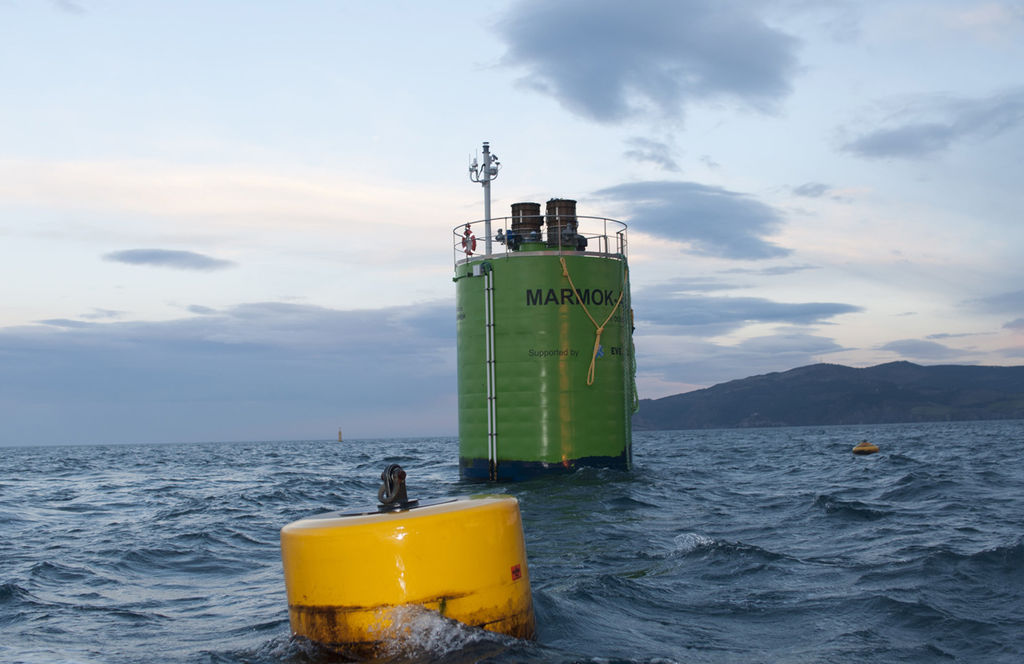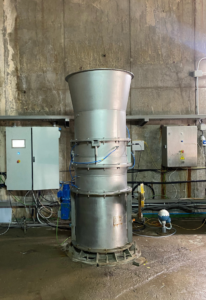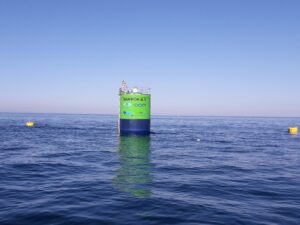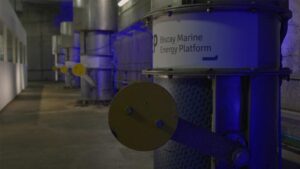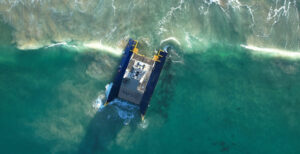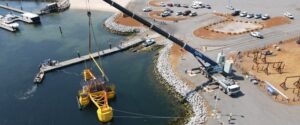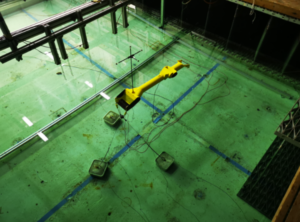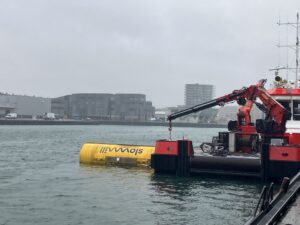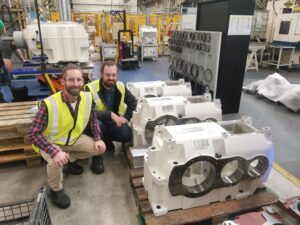IDOM’s wave energy device takes VALID project spotlight
The partners in the EU-funded VALID project have set out intention to tackle failures in generators and power electronics of wave energy devices, starting with the analysis of loads endured by IDOM’s wave energy converter.
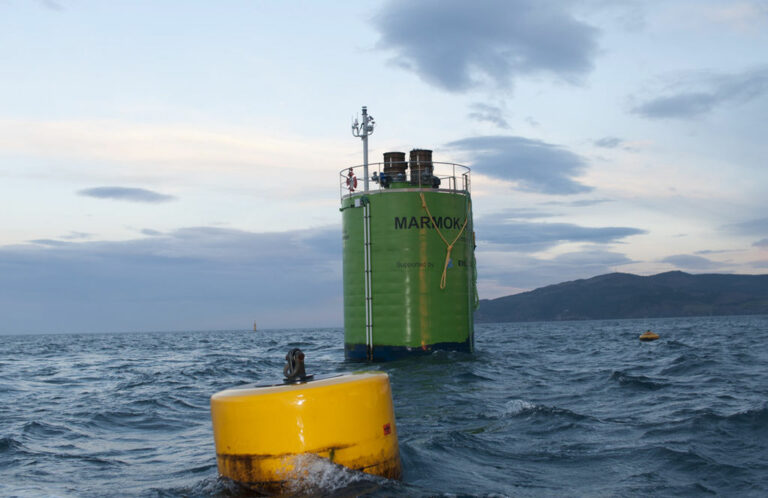
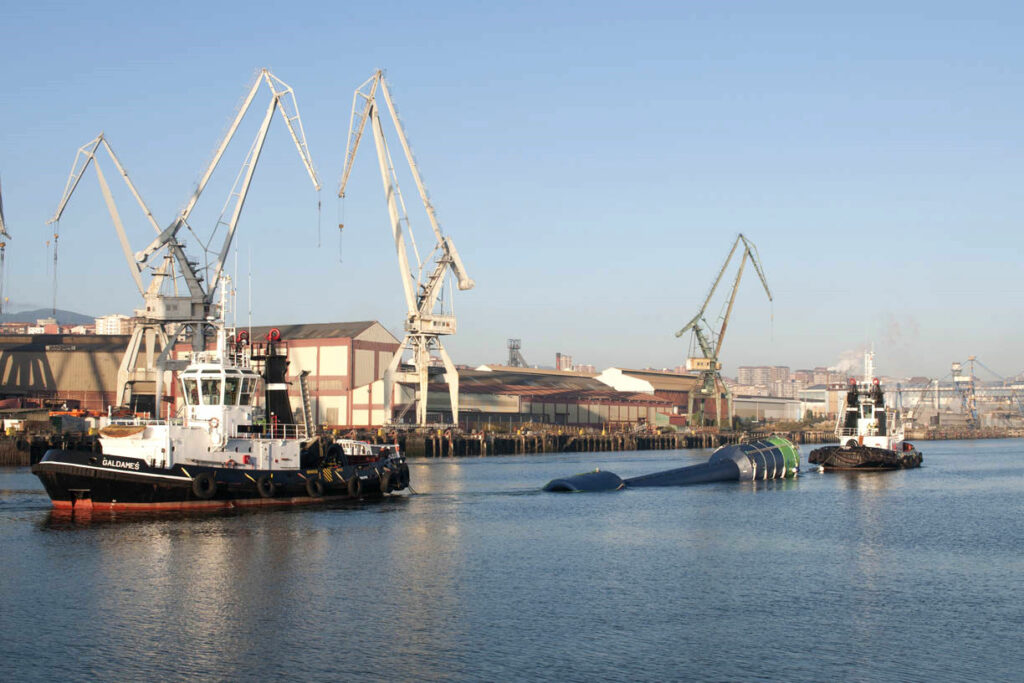
The cornerstone of the Horizon 2020 VALID project is its three user cases, against which the methodology and associated hybrid testing infrastructure will be validated, as the project aims to accelerate the development of ocean energy sector by combining virtual and physical environment testing.
Electric generator failure, identified as crucial issue of wave energy devices, is also one of the main research areas of the VALID project.
Using IDOM’s floating wave energy device, the Mutriku fixed oscillating water columns pilot plant and TECNALIA’s test rig facilities, the VALID project aims to further understand and evaluate failures in generators and power electronics that operate about 20% of the time over nominal power.
As part of the project, IDOM and its partners will study the loads to which the generator is subjected, and the way this accelerates its degradation, with the aim to improve the way of selecting the generator and operating it during its useful life.
IDOM’s solution for extracting the wave energy is based on the oscillating water column (OWC) technology. It features a single structural body made up of a hollow cylinder, with the second element being the column of water inside the cylinder.
To obtain energy from the waves, it is necessary to achieve a relative movement between two elements.
However, this relative movement is problematic because of the large structural loads that occur under extreme environmental conditions, according to VALID project partners.
Both elements are designed to resonate at the wave frequency and to do so in a push-pull motion. The relative movement of the structure and the water column produces an air chamber of variable volume.
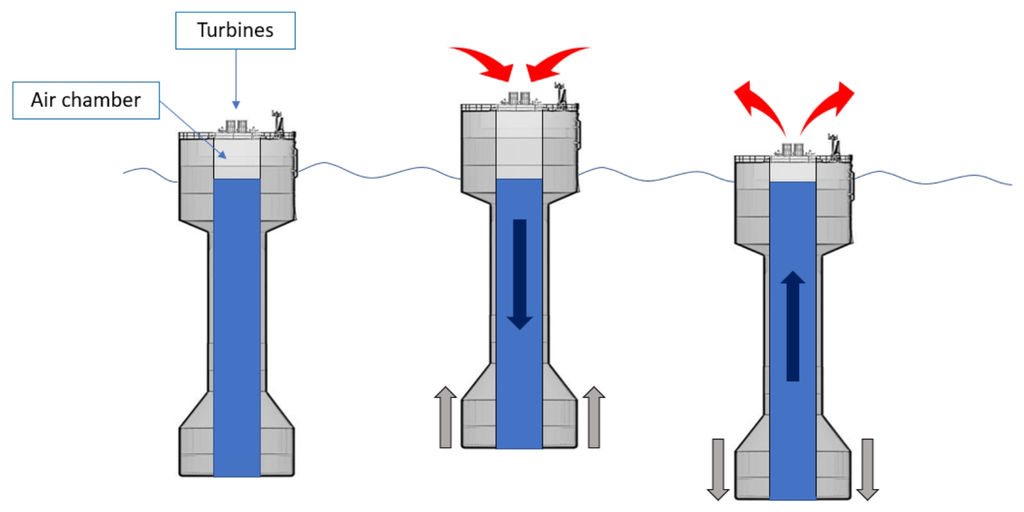
By means of a turbine, the energy of the air that enters and leaves the chamber is converted into electricity. In this way, the only moving part is the turbine that is out of the water, which makes the system extremely robust, increasing availability and reducing maintenance costs, according to developers.
Still, the generator turbine has to work with oscillating power and high peaks in the most energetic sea conditions. This way of working is not what generators are designed for and can cause an early failure.
IDOM’s prototype device, dubbed MARMOK A-5, was tested at the Biscay Marine Energy Platform (BiMEP), successfully weathering three winters in the open waters of the Bay of Biscay.
With this prototype, IDOM has achieved all the planned objectives, according to the company.
Firstly, it demonstrated that it could withstand three winters, operating in the open waters of the Atlantic – on occasions overcoming waves of up to 14 metres, according to IDOM.
Secondly, it has provided an enormous amount of data and valuable experience to the company during all the phases of its life cycle: modelling, design, certification, manufacturing, installation, operation, maintenance and removal.
In addition, the MARMOK-A-5 has served as a test platform for the Horizon 2020 OPERA project, where innovations of several European companies and institutions have been tested: turbines, control algorithms, mooring systems, which could reduce the cost of generating energy by more than 50%.
Building on this experience, IDOM said it would continue with its technological development, working towards a commercial-sized wave energy device that will produce electricity at a competitive price.

